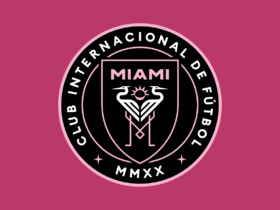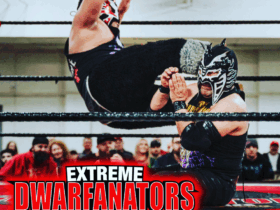Unconscious biases are prejudices against individuals, groups or things that our brains make without us even realizing. They are formed by associations our brain has made from all the information it has absorbed during our lives. From our earliest interactions with our family—to everything we’ve heard and seen since then—our brain has collected all of that information and uses it to make associations we’re not even aware of.
These associations help us make decisions without really thinking about them, such as stopping your car when you see a red light. But they also lead to unconscious, or implicit, bias. These biases can affect several aspects of your business, such as hiring new employees or employee relations.
2019 has seen us make great strides in diversity and inclusion, however unconscious bias still exists. Even someone who doesn’t consider themselves as racist or sexist may hold biases about certain groups they didn’t even realize they had.
There are many types of unconscious bias and one of the most detrimental effects they have on businesses is the hiring and development of employees.
Types of Unconscious Bias
Affinity Bias is when you unintentionally favor someone with qualities similar to your own. For example, when hiring you may prefer an applicant that went to your alma mater over an applicant that went to a different school. Affinity Bias occurs because, subconsciously, we would prefer to be around someone we have more in common with than someone we don’t.
Halo Effect occurs when one attribute a person holds positively affects how we view them. For example, when viewing resumes you may see one attribute or characteristic about an applicant that puts them in a good light, like an award they won or the school they went to. While the halo effect makes us view people positively, like all bias, it can lead to negative results such as hiring or promoting a less qualified candidate.
Horns Effect is the exact opposite of the halo effect. It occurs when one negative aspect about a person leads you to view them in a negative way. For example, if someone shows up to work in wrinkled, or unfashionable clothes, it may lead you to believe that person is sloppy or lazy. While that person may be more than qualified to hold their job or be a very hard worker, the horns effect makes you hold that negative quality against all the positive attributes they have.
Confirmation Bias is when you “look” for information that aligns with preconceived notions you may have. For example, when choosing between two workers to promote, you may unconsciously prefer one candidate over the other. Confirmation bias works by assuming that worker is also more qualified for the job, and looking for evidence to back that up because, subconsciously, you’ve already decided that’s the person you want to promote.
Attribution Bias affects how we view the accomplishments of other people. When accessing our own accomplishments we accredit them to ourselves and our abilities, but blame our mistakes or shortcomings on outside factors. However, the opposite holds true when viewing other people’s accomplishments. Attribution bias can lead to you not properly evaluating the achievements of your employees and those of prospective employees.
Hiring
Unconscious Bias can occur during the hiring process at the earliest level. When screening resumes people are more likely to choose applicants based on their name. According to research done by Full Fact, a UK independent fact checking charity, “Of 987 applications with a white name, 10.7% received a positive response compared to 6.2% of the 1,974 applications with an ethnic minority name—making applications from white sounding names 74% more likely to have some success.”
Biases in the recruitment process can keep you from hiring the best candidate for the job. Therefore, you should work towards removing bias from the process. Steps like removing the names from resumes so you are only comparing the qualifications of each applicant and setting concrete criteria for the job help to narrow the pool down without bringing outside factors such as race or gender into the equation.
Employee Development
Bias in the workplace doesn’t stop after the recruitment process. Unconscious bias can also leak into how you evaluate and develop your employees. According to a study done by the Center for Talent Innovation, “Of employees who experienced bias, 34% reported withholding ideas or solutions in the last six months and 48% said they looked for a new job while at their current job during the same time period.”
Although unintentional, unconscious bias can be a major detriment to your business. Not only can bias keep you from hiring the best candidate, it keeps you from getting the best possible work from your employees—and can even drive good workers to leave your business. Biases can also be hurtful to your employees and prevent them from getting further in their career.
The best way to prevent unconscious bias is to be aware of which types of bias you are predisposed to and working hard to keep it out of decisions. Try to make decisions based solely on the facts provided and the attributes of each candidate or employee. While you may not be aware of unconscious bias, recognizing and combatting it can be vital to the success of your business.










